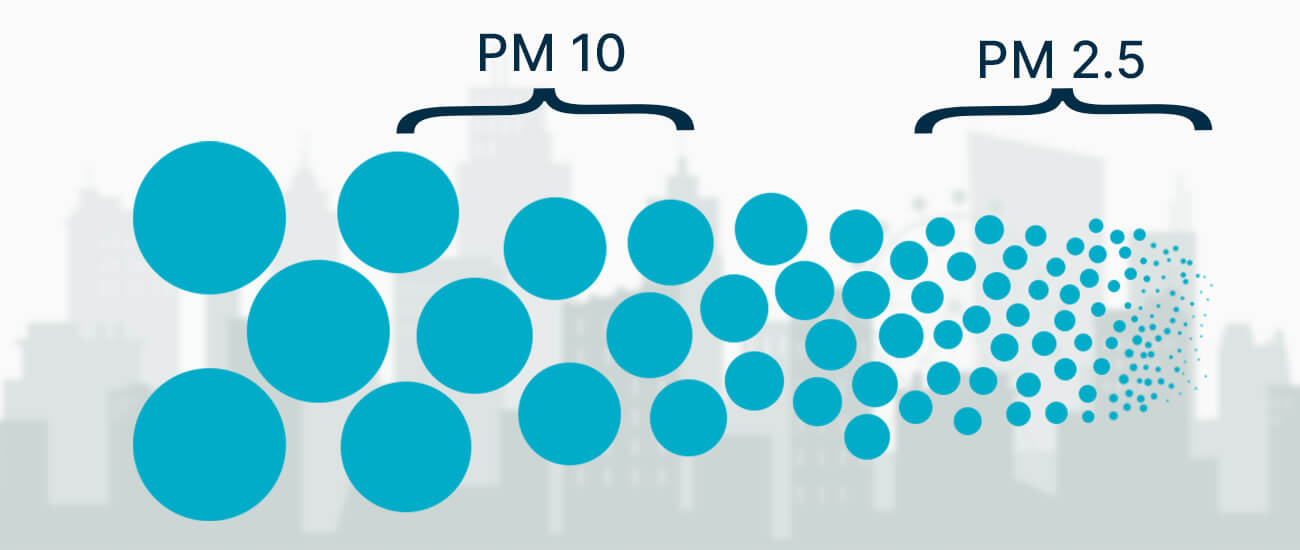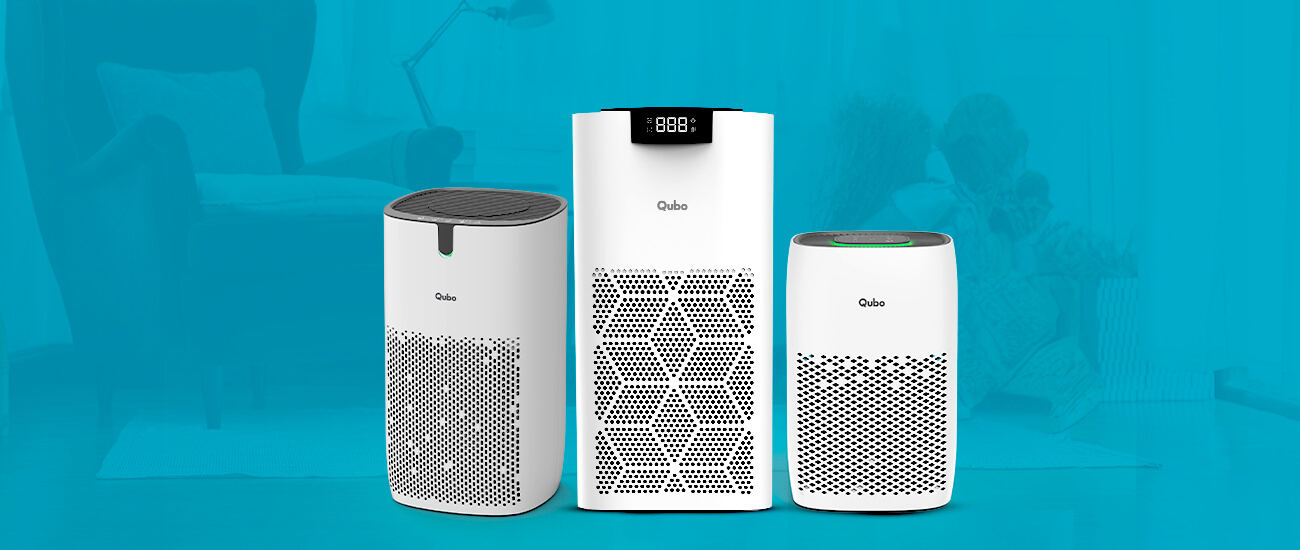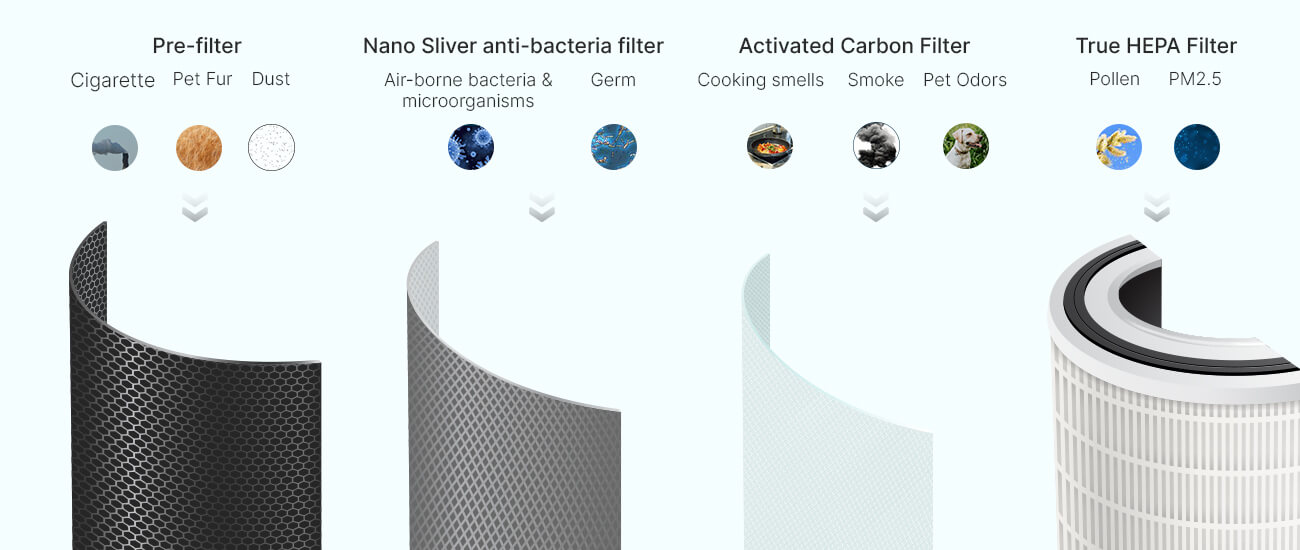AQI & PM: All You Need to Know

The Air Quality Index, commonly known as AQI, is a standardised system used to communicate the quality of the air in a specific location, indicating how clean or polluted the air is and what associated health effects might be of concern. It typically quantifies various pollutants like PM10, PM2.5 and gases, presenting the information in a numerical scale. This number often corresponds with health advisory levels, helping people like you and me make informed decisions about outdoor activities based on air quality conditions.

Particulate Matter, or PM, comprises tiny airborne particles and droplets that come from various sources like burning, dust, and industrial processes. These particles are categorised into different size fractions out of which two PM varieties are particularly significant in identifying an area’s AQI: PM10 and PM2.5. Often invisible to the naked eye, can infiltrate your respiratory system and affect your well-being.

PM10: These particles, with diameters generally less than 10 micrometres, include dust from construction sites, industrial emissions, and pollen.
PM2.5: These finer particles, with diameters less than 2.5 micrometres, come from sources like fuel emissions, cigarette smoke, and biomass burning. Their minuscule
size makes them a major health concern as they can penetrate deep into our lungs and can even enter our bloodstream.

To put it into perspective, a single strand of your hair is about 70 micrometres wide—30 times larger than a PM2.5 particle. That's how tiny and potentially harmful these particles are.

PM2.5 pollution has multiple sources, ranging from power plants and vehicles to forest fires and dust storms. Some particles are directly emitted, while others form through complex chemical reactions in the atmosphere, like sulphur dioxide turning into sulphuric acid.

PM2.5's small size allows it to linger in the air, increasing the risk of inhalation. These particles can bypass our nose and throat, settling deep in our lungs and even entering our bloodstream. Studies have linked PM2.5 exposure to heart and lung diseases, exacerbating conditions like asthma, bronchitis, and heart attacks.

When it comes to assessing PM's impact, it's not just about concentration—it's also about duration. The longer you're exposed to PM2.5, the greater the health risks. That's why a 24-hour measurement offers a more accurate reflection of the potential effects compared to a shorter reading.

India holds a dubious distinction in having one of the world's highest average ambient PM2.5 concentrations. This alarming air quality situation isn't confined to India alone; neighbouring South Asian countries, including Pakistan, Nepal, Bangladesh, Myanmar, Bhutan, and Sri Lanka, grapple with elevated PM2.5 levels that affect public health and well-being.

Fortunately, Air Purifiers can shield your living space against harmful pollutants and help you regulate the Air Quality Index (AQI) by tackling allergens & irritants, eliminating odour and filtering particulate air. They provide a controlled and cleaner indoor environment, reducing your exposure to pollutants.

A good air purifier consists of a 4-layer filtering system that eliminates dust, pollutants, smoke and odour. The high quality Qubo Air Purifier includes High-Efficiency Particulate Air (HEPA) filter that is the gold standard in air purification along with 3 other filters. The HEPA filter captures particles as small as 0.3 microns like common allergens and PM2.5, with an efficiency of 99.97%, enabling maximum improvement of the indoor air quality.